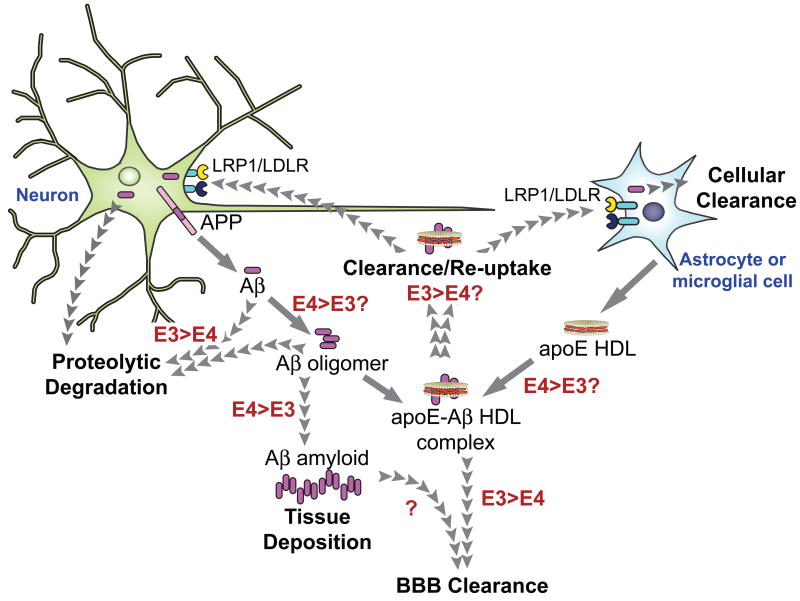Figure 5. Schematic representation of the role of apoE3/E4-Aβ interaction in AD.
ApoE isoform-specific differences (red) may influence Aβ (purple) oligomerization, deposition, transport, and/or clearance mechanisms that can influence the progression of AD. Oligomerization of Aβ released from the amyloid precursor protein (APP) in neuronal membranes has been described as a causative factor for the progression of AD and may be enhanced by apoE4 compared to apoE3. Whether apoE isoform differences affect Aβ association with apoE-HDL complexes (orange and beige) remains unclear. However clearance of apoE-Aβ HDL by lipoprotein receptors (LRP1 and LDLR) appears to be promoted to a lesser extent by apoE4 than apoE3. Astrocytes play a significant role in secreting apoE-containing HDL-sized particles.

